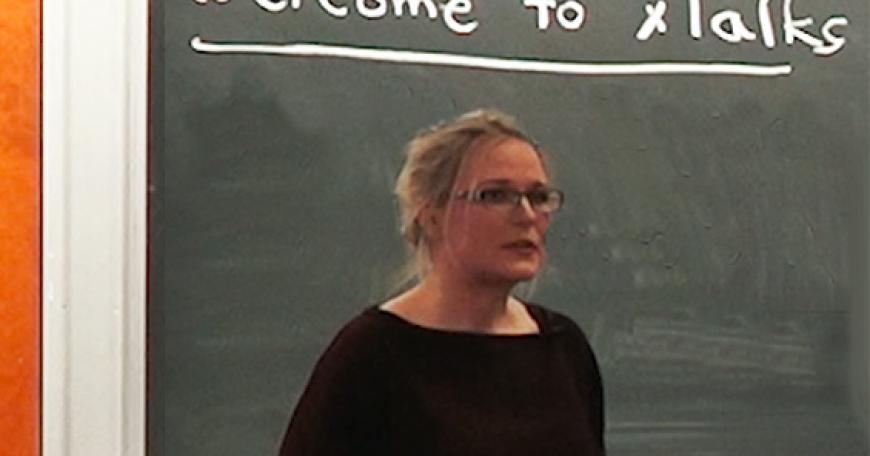
Kucirkova and Personalized Technology for Children: a Summary
As digital handheld technologies grow in popularity and are introduced into children’s lives at earlier ages, the interest in personalized products for children has also grown. Dr. Natalia Kucirkova, a Senior Research Fellow at the Department for Learning & Leadership, UCL Institute of Education in London, UK, conducts research on the potential and limits of current personalization models for children ages 2 to 8. She spoke on this in her April 20 xTalk titled, “Personalization and Young Children: the Good, the Bad, and the Ugly.” Here’s the run-down of the current personalization model for children:
1. Personalization vs. customization. This is an important distinction to make, and one which may be unclear to many. As Kucirkova describes it, personalization is tailoring products, processes, or practices to a specific individual, while customization is tailoring such processes for a group of people. One good example of customization is choose-your-own-adventure books, which allow readers to make choices determining the plot and main character’s actions.
2. Different types of personalization. There are three main types of personalization – textual, visual, and audio. Textual personalization involves personalizing a book’s text, such as including the child’s name or favorite food as part of the storyline. Such textual personalization has evolved recently, with books such as The Little Boy Who Lost His Name that allow a child to uncover their own name as they progress through the book (e.g. a boy named Jack meets a jaguar, alligator, chameleon, and kangaroo). Visual personalization allows children to see themselves in the book, such as including a mirror so that children see their own faces reflected inside the story, and audio personalization is great for parents to record themselves reading so that their child can listen to the story if the parents are not physically present.
3. Effects of personalized vs. non-personalized books. Preliminary studies have found that personalized books can affect children’s early learning experiences and perception of themselves. Children acquire more new words in personalized books, along with more spontaneous and self-referential speech (they talk about themselves more).
4. Parent-child interaction. Personalization creates a less hierarchical parent-child interaction and fosters a more positive atmosphere by creating a dialogue around the book and inviting parents in, as opposed to non-personalized books which can be more one-sided. In fact, when parents used more distancing comments and referred to their child’s life throughout the story, this led to higher story comprehension scores.
5. Personalization is heightened in digital media. Though personalization can occur in print media, it is heightened in digital media because there are more modes for personalization digitally. There are increasing amounts and types of personalization now too, such as combining more than one type of personalization, which is not as easily executed in print books.
Ultimately, despite the extent of the current personalization model, there are still skeptics who question whether increasing digital personalization will lead to “outsourcing” parents and pressing questions left to be answered, such as whether personalization can be the answer for incorporating more diversity into children’s books. As more research is conducted, perhaps such uncertainties can change and open the doorway for a new reading experience for children.
 Melissa Cao is an MIT sophomore majoring in economics
Melissa Cao is an MIT sophomore majoring in economics

